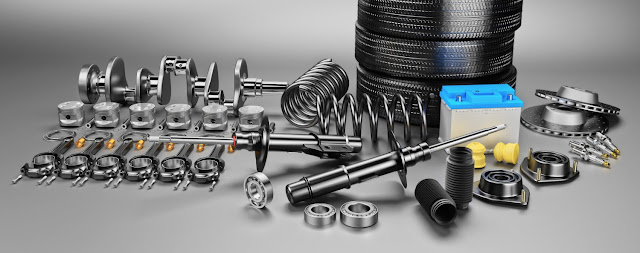Internet of Things (IoT)
Internet of Things (IoT)
The Internet of Things (IoT) is the beginning of a new adventure in the technological industrially leading to the industrial revolution to will significantly change the way things are done. The concept Internet of Things (IoT) focuses on the central connection of computing devices, both digital and mechanical devices with a unique identifier (UID) that enables the transfer of data through a network without human-human or human-to-computer interactions. The IoT is a virtual connection that connects humans, animals, and almost everything around us. IoT is a technological path-breaking discovery that is extremely beneficial to humans and will play a significant role in our lives in the years to come.
They have been an evolution of the internet of things due to the convergences of technologies, real-time data analytics, machine learning, commodity sensors, embedded systems, and also covering traditional fields of wireless sensor networks, control systems, automation, smartphones, and smart speakers.
Advantage of IoT
1. Communication: IoT enables communications between devices, often referred to as Machine to Machine (M2M) communication. This enables the physical device to stay connected and allowing to transparency, lesser inefficiencies, and greater quality.
2. Automation and Control: There is a large amount of automation and control working with a lot of physical objects getting connected and centrally controlled with a wireless infrastructure. This enables the machines to communicate with each other faster leading to timely output with human intervention.
3. Information: Information helps in making better decisions, which in turn enables better output and work deliveries. Knowledge is power and more knowledge is better.
4. Money: the biggest advantage of IoT is saving money, this leads to reduce monitoring of automation activities and enhances communication through an effective manner with the connection of equipment, thereby conserving energy, and reducing cost. IoT makes the system better and more efficient. These applications lead to increased comfort, convenience, and better management, resulting in improved quality of life.
Disadvantages of IoT
1. Compatibility: There are currently no international standards for tagging and monitoring of equipment. The is a need for manufacturing companies to agree on standards for Bluetooth, USB, etc. This is a disadvantage that can be easily overcome.
2. Complexity: IoT is to a large extend still considered a complex system and this creates more opportunity for failure.
3. Privacy/Security: There is a risk of loss of privacy with an increase in the transmission of IoT data. This poses a risk to reveal personal and financial information to the public.
4. Safety: There is a likelihood of a hacker, hacking into your system and changing your routine, from prescriptions to appointments, cutting off, or altering all your details stored in a network connected to the Internet of Things. This is very disastrous for both private and confidential information being accessed by unauthorized intruders.
Application of Internet of Things
1. Smart Cities: The IoT can be applied in the monitoring of buildings vibrations, bridges vibrations, and monuments for the likelihood of imbalances and overload. IoT can be used to monitor levels of pollution, both noise, and the air around schools and hospitals. It can also be deployed in monitoring traffic jams, peak hours, accidents, and rains.
2. Home Automation: The IoT can be used to remotely control home appliances, detect faults, and also prevent thefts.
3. Industrial Automation: The IoT can be deployed in the manufacturing industry to optimize the production processes. It can be used to managed inventory and also the supply chain. The IoT can be used to diagnose machines for repairs and maintenance and also for monitoring toxic levels of gases to avoid health risks to workers and the environment.
Conclusion
The Internet of Things is the world's next big thing, with its advantages to humans outweighing its disadvantages. There is a need for a greater effort to address the disadvantages posed for more efficient output.
To know more about IoT visit here https://www.plmnordic.com/digital-services/



.png)
Comments
Post a Comment